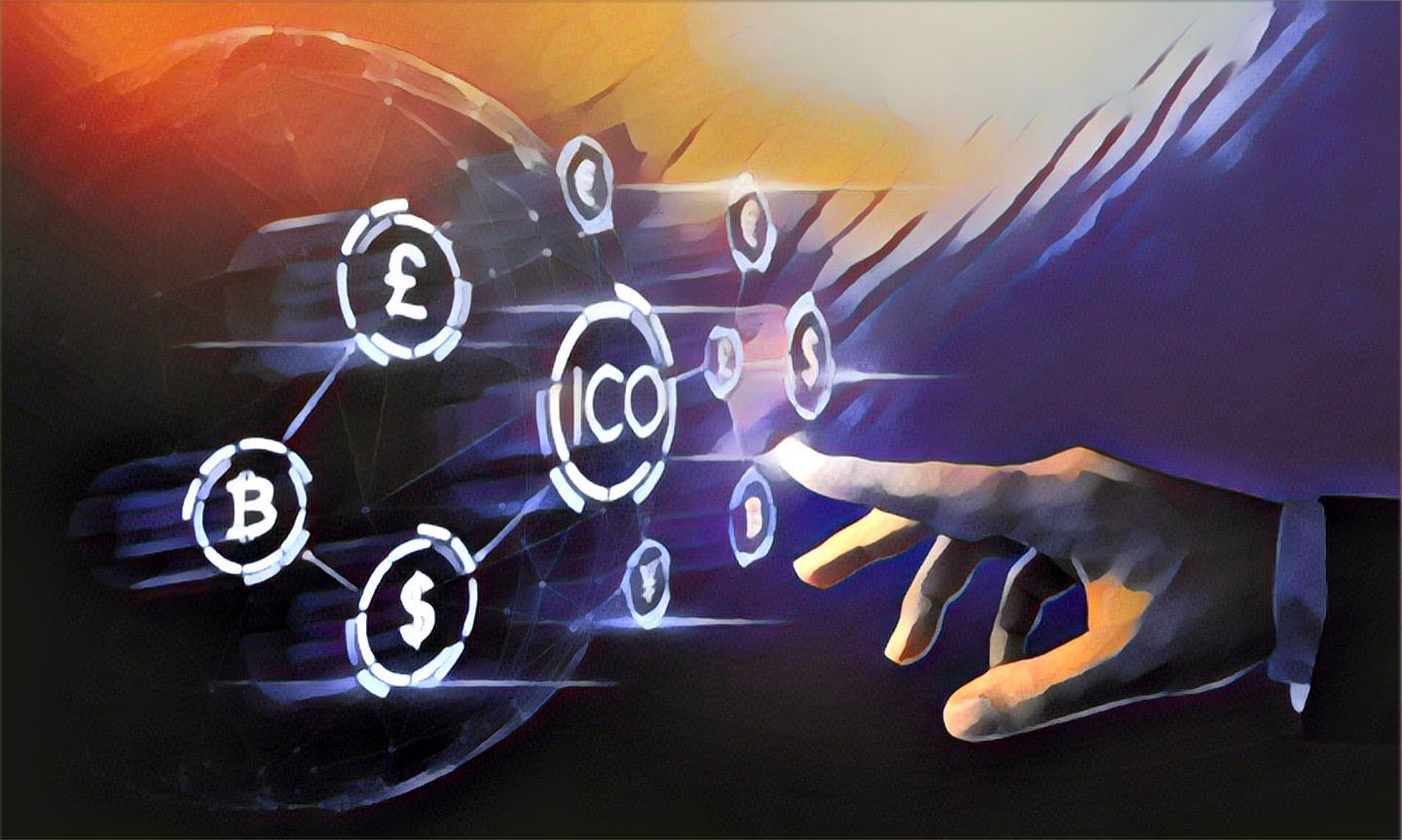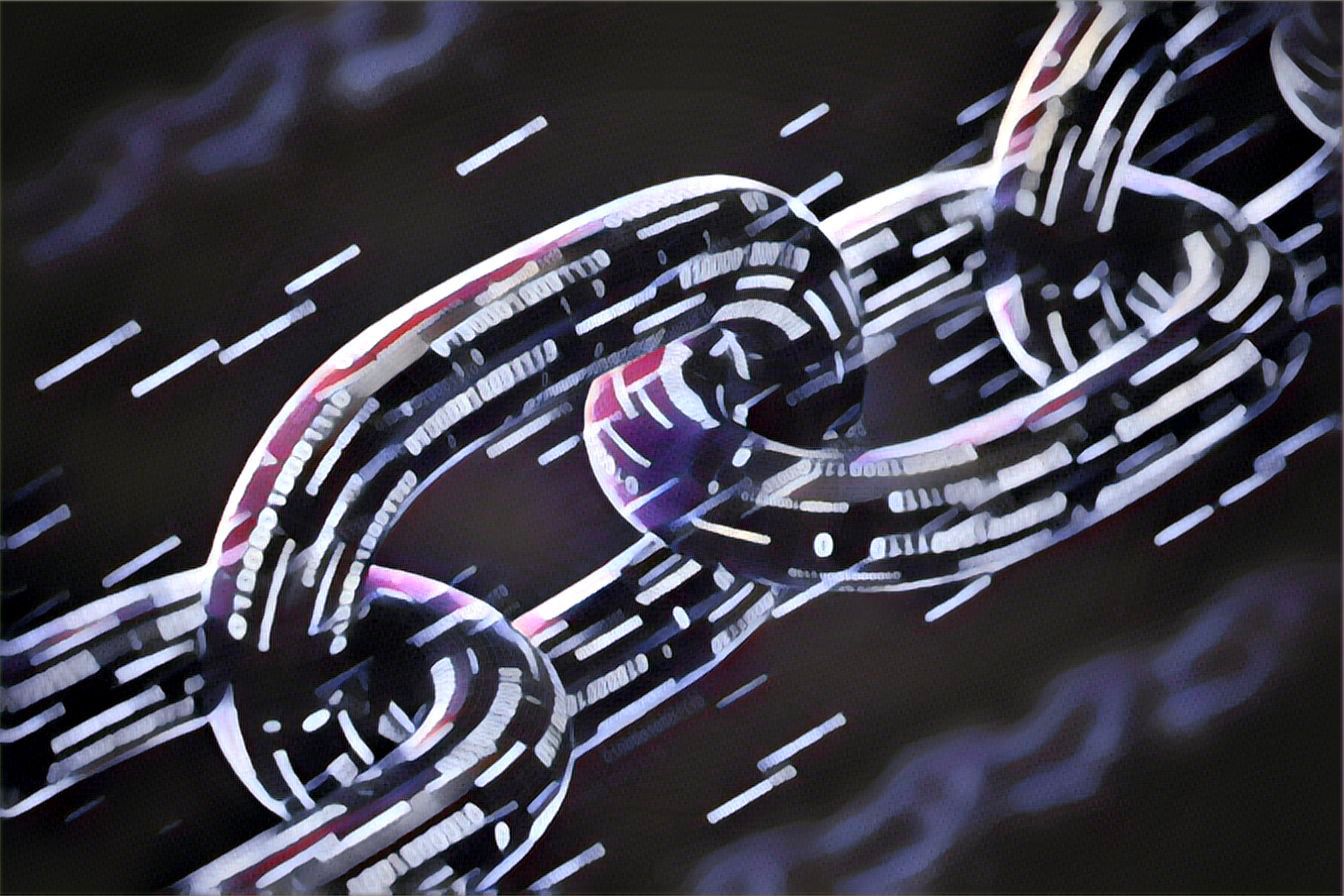IDO
Initial dex offerings are also known as ICOs, which stands for initial coin offerings. These kinds of offerings are similar to IPOs (initial public offerings) and crowdfunding platforms as they all offer investors the opportunity to purchase a stake in an asset, whether it’s in the form of stock shares or crypto tokens respectively. However, there are several key differences between these platforms that set them apart, especially when it comes to legal requirements and regulations, what happens if things go wrong and even how they function as decentralized organizations.
What is an Initial Dex Offering?
To receive support for your decentralized application (dApp), you'll have to hold an Initial Dex Offering (IDO). IDOs are when you sell tokens that represent future ownership of dApp services and goods. IDOs are a way for your dApp business to get off the ground quickly—especially since investors aren't required to hold onto their tokens in order for them to be used on your platform. Just keep in mind that once an IDO has ended, it can't be restarted. That's one of a few key differences between an ICO and an IDO; others include how much funding each offers, how they're organized, and how tokens are issued. An IDO is not just a sale of coins or currency by developers to provide for development. They are meant to raise funds for product development through selling utility tokens that represent future access to products or services offered by the organization. With this distinction, token holders may use them as soon as they purchase them and don’t need to wait until after the project is completed before they start using them.
Benefits of IDO
IDO's are a great way for investors to experience huge gains and enhance their portfolios instantly, without having to worry about third-party management or commissions. And if an investor wants out, they can sell their shares just as quickly as they bought them – making IDO's one of our fastest-growing offerings. Investors only have access during an offering period; once that closes, no new investment is allowed and shares are frozen for six months before being released onto an exchange – meaning there's little risk involved (which is also why we recommend picking up IDO's when prices are lower). Here's everything you need to know about Initial Dex Offerings from start to finish! What does the initial offer look like? When an IDO is first launched, it typically comes with a 10% allocation for the general public and 90% allocated to other parties - usually large institutions who were at the front of the line during presale rounds or co-investors with agreements in place. After all interested parties have had the opportunity to invest, any remaining shares will be sold on exchanges through a secondary sale process for a higher price - this means even more profit potential! Typically, these sales happen within 12 hours after opening day has ended and it's always transparently visible on various trading websites where they're available.
There are two main benefits to investing in an IDO
1) The chance for a quick ROI
2)The added liquidity that comes with selling shares on secondary markets following their release onto exchanges following six months of lockup periods - which is something not offered by traditional stocks or bonds.
Once an IDO opens its doors to investments, anyone with access can buy into the IPO - both professional traders and everyday investors alike. But those looking to take advantage of the full profit potential should act fast! In many cases, IDO's get snapped up so quickly that after one minute's worth of browsing, some allotments may already be gone - this makes it really important to take action as soon as possible if you want your share of the pie.


